Blue Tongue Skinks
Blue Tongue Skinks are a group of large, ground-dwelling lizards native to Australia and parts of Indonesia. They are easily recognized by their broad bodies, short limbs, and, most notably, their vibrant blue tongues, which they display as a defense mechanism to scare off predators. These skinks are generally calm and docile, making them popular pets for reptile enthusiasts. Growing up to 24 inches in length, they have a diet that consists of insects, fruits, vegetables, and small animals, making them omnivorous. Blue Tongue Skinks are hardy creatures that can live up to 20 years in captivity with proper care.
Some Different Blue Tongue Skinks and their differences.
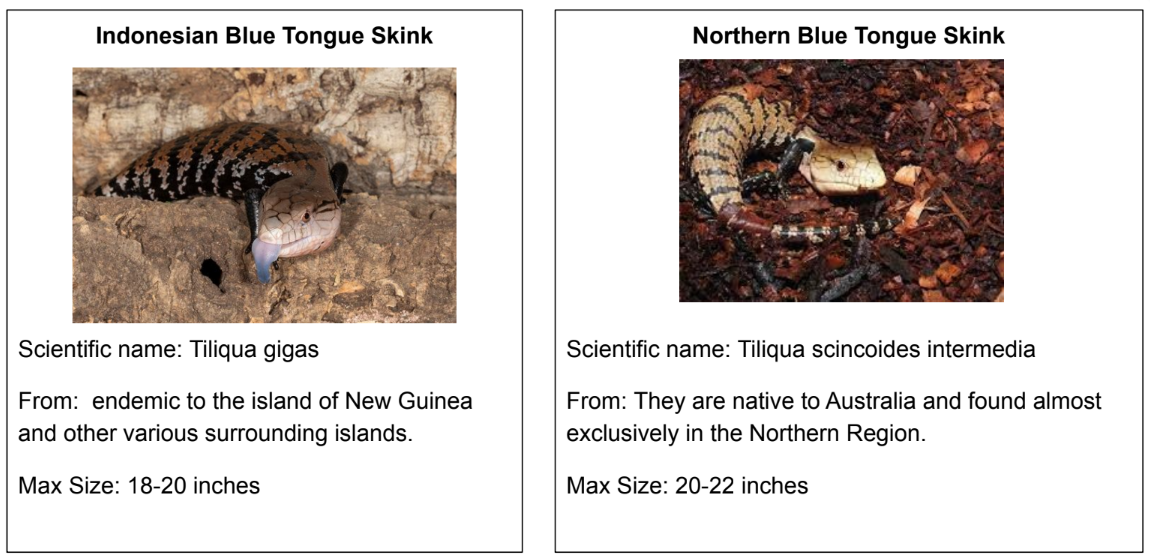
Blue Tongue Skink Husbandry
Daily Chores
● Fresh water daily
● Spot clean daily
● Spray Daily (Full clean once a month)
● Use F10 Veterinary Disinfectant
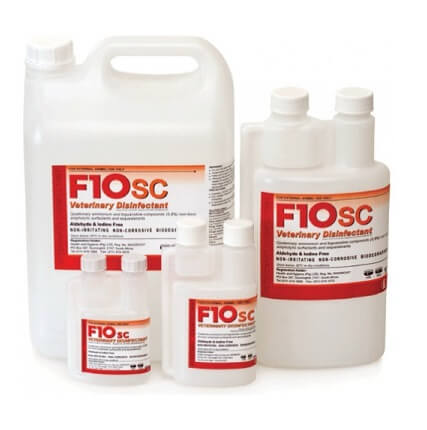
Vets and Insurance
● Exotics Vets are not easy to find, here in Brighton we use Coastways in Kemptown as they have an exotic vet called Celine. It is essential you find an exotic vet.
● There is insurance you can get for your reptile through Exotic Direct.
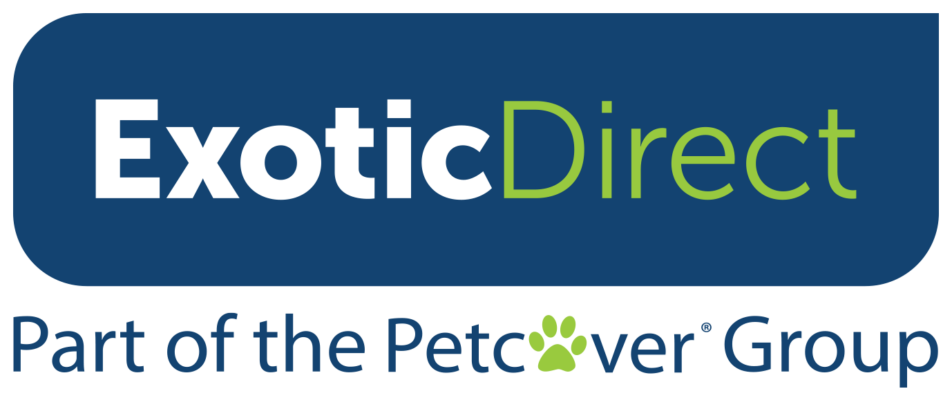
Blue Tongue Skink Diet
They are omnivores and will eat a very wide range of foods including plant matter and live insects.
Young skinks (under 12 months) need 70-80% of their diet as protein. Adults should get roughly 50-60%.
You can also use live food with Blue Tongue Skink eat a diet of live insects, which can include ‘calci worms’, waxworms, earthworms, land snails and locusts.
Vegetables should comprise 20-30% of a young skink’s diet, and 40-50% for adults.
- Squash, bell pepper, parsnip, carrot
- Greens: Turnip greens, collard greens, dandelion greens, grape leaves, mulberry leaves, cilantro, mustard greens, carrot greens, escarole
- Flowers: Dandelion, rose, hibiscus
Arcadia Reptile Omnigold is a great food source for Blue Tongue Skinks. EarthPro-OmniGold contains the correct ratio of approx. 50% vegetable/plant, 40% whole meat/insects and 10% Fruits, vitamins and minerals.
You also want to ensure your feeder bugs have been gut loaded (fed) before offering to your reptile. We use Arcadia Reptiles Insects Fuel.
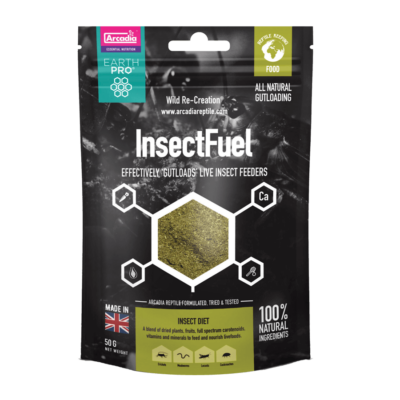
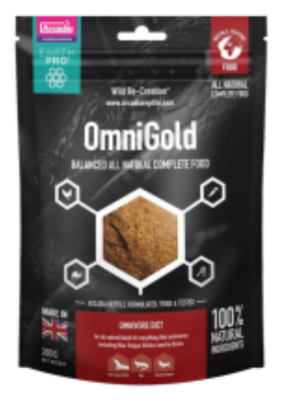
Feed babies (up to 3 months) daily.
Feed juveniles (3-8 months) 3 times weekly.
Feed adults (8+ months) 1-2 times weekly.*
Supplementing your Blue Tongue Skink Diet
The use of high-quality reptile supplements in the correct amounts at the correct frequencies will help to ensure optimum bone health and skin health for your reptile, and help to avoid a plethora of nutrition-related illnesses such as metabolic bone disease.
EarthPro-A at every feed on all food items, CalciumPro Mg at every 4th feed, A quality full-spectrum powder with D3 and A can be offered at feed 6 or 8. We then carry on with this cycle.
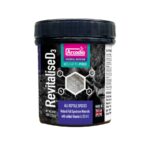
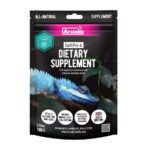
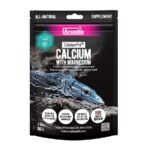
Check out the feeding schedule using the link below
https://www.arcadiareptile.com/earthpro/feeding-programme/herbivores/
Minimum rehoming Requirements for a Blue Tongue Skink
You can source all enclosures, equipment, electrics and decor from us as we run a shop.
- 6ft x 2ft x 2ft Vivarium £220
- Arcadia Reptile ProT5 39W 6% Kit £65 (Northern skinks need 12%)
- 75W Arcadia Reptile Halogen £15
- 50W Arcadia Reptile Deep Heat Projector £21
- Dimming thermostat £55 (you will need 2 thermostats)
- Arcadia Reptile Ceramic bulb holder and plug £15 (you will need 2 bulb holders)
- Habistat Heat Cage £15 (you will need 2 cages)
- Substrate and decor is up to you. We advice a Sand X Soil mix as substrate and a minimum of 2 hides and a water dish.
Setting up your Blue Tongue Skink
When installing the electrics in your enclosure, you want to create a warm side and cooler side. The halogen and UVB create the warm side. While the ceramic provides a boost to ambient temps when needed

When you buy everything from us, we can set up your enclosure free of charge

